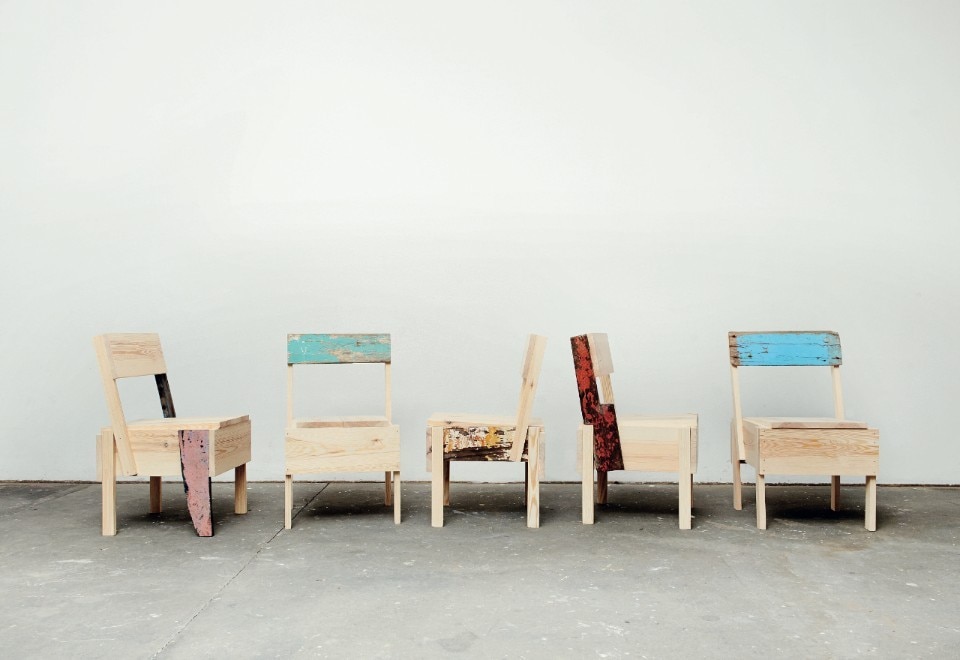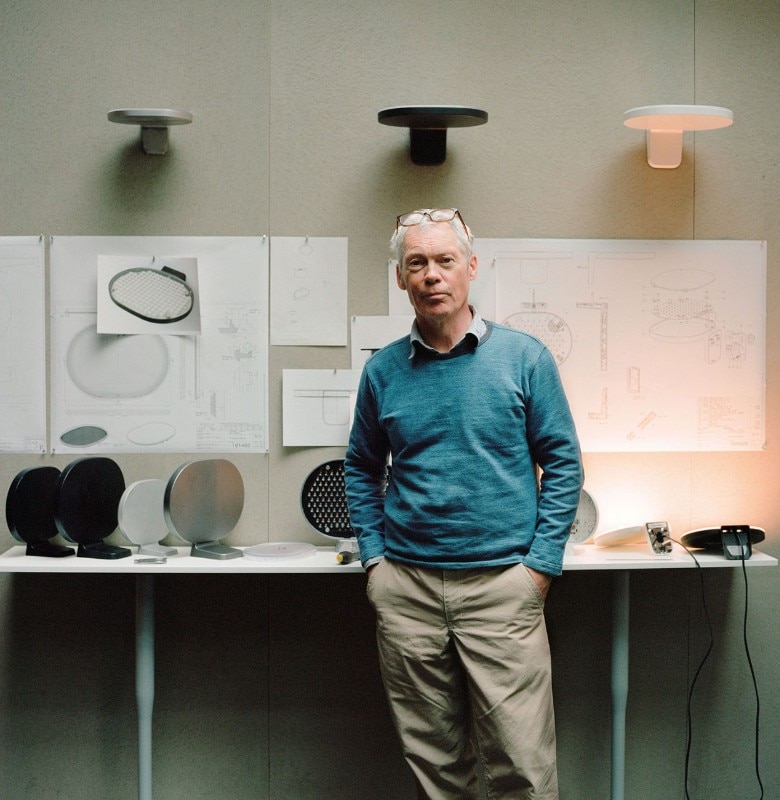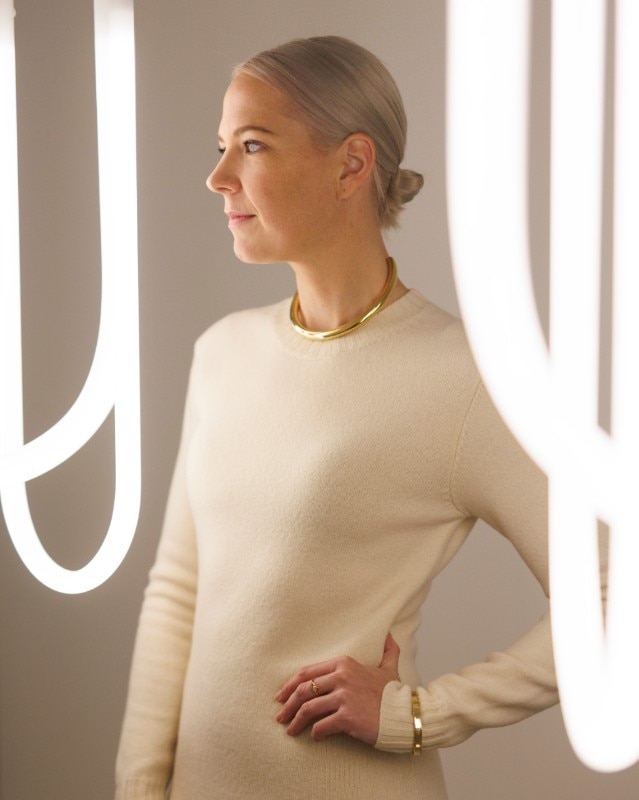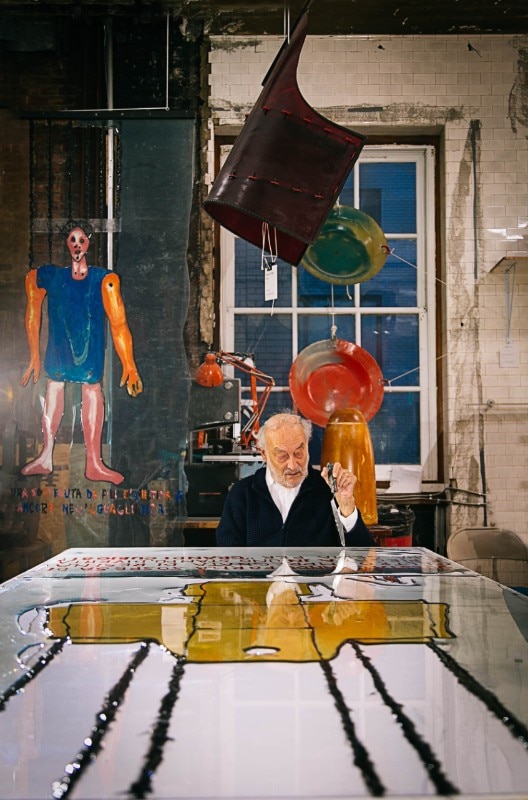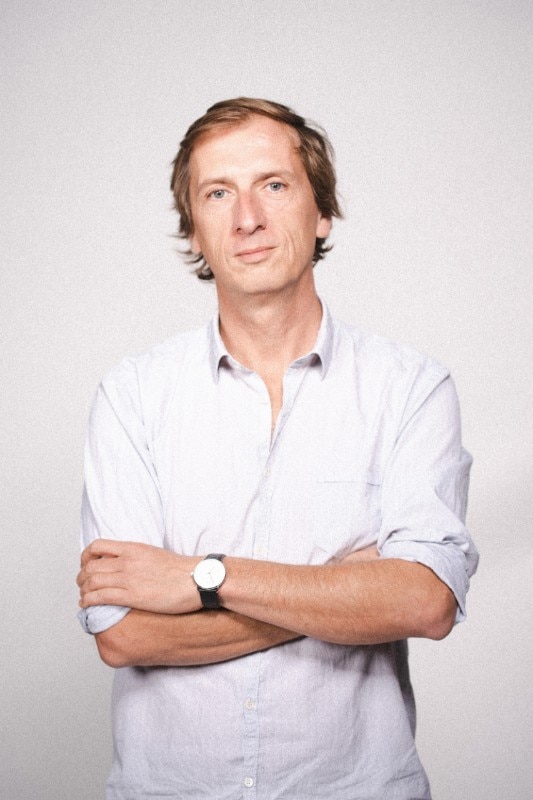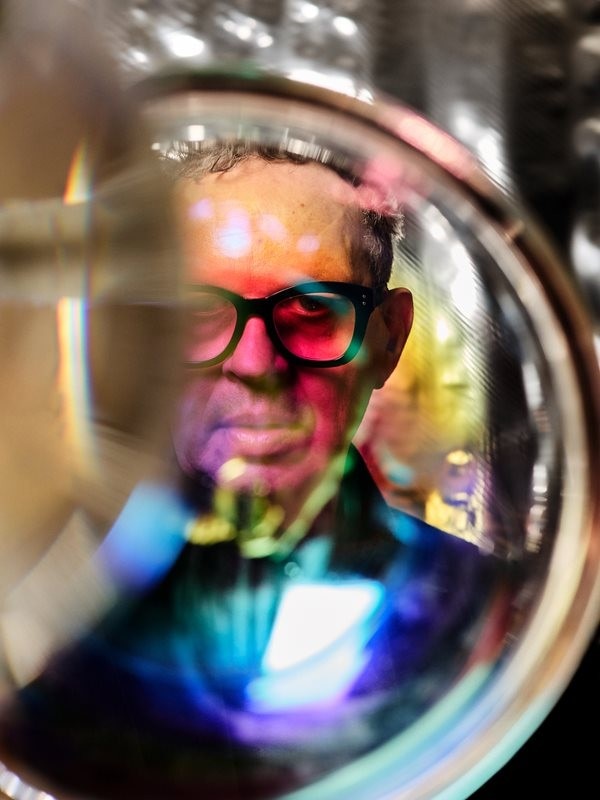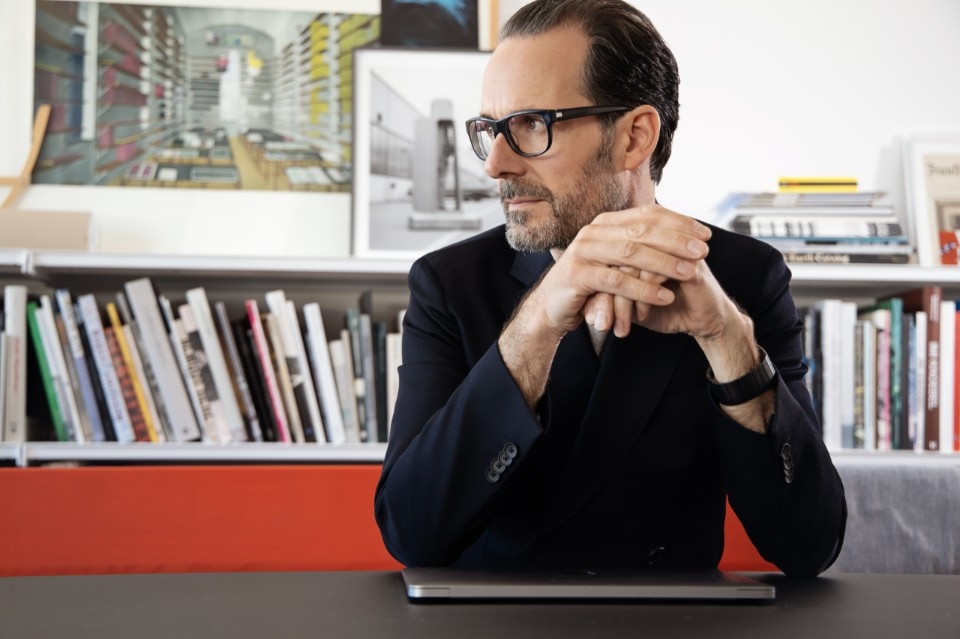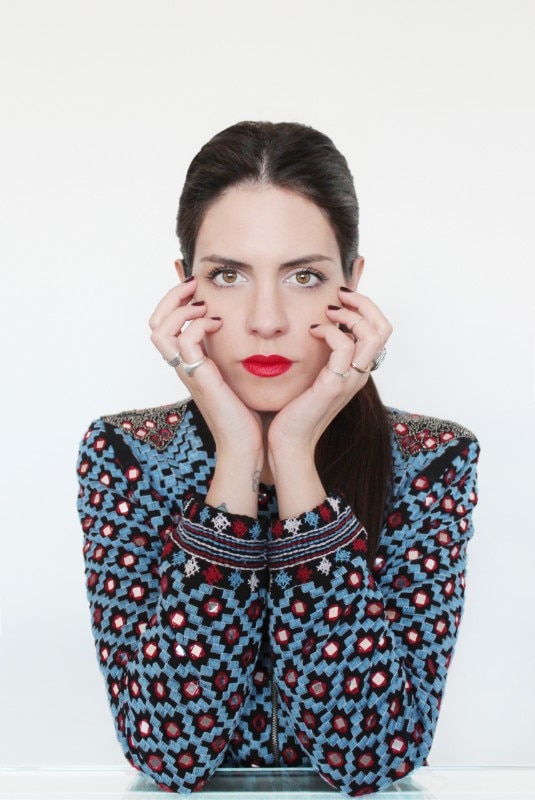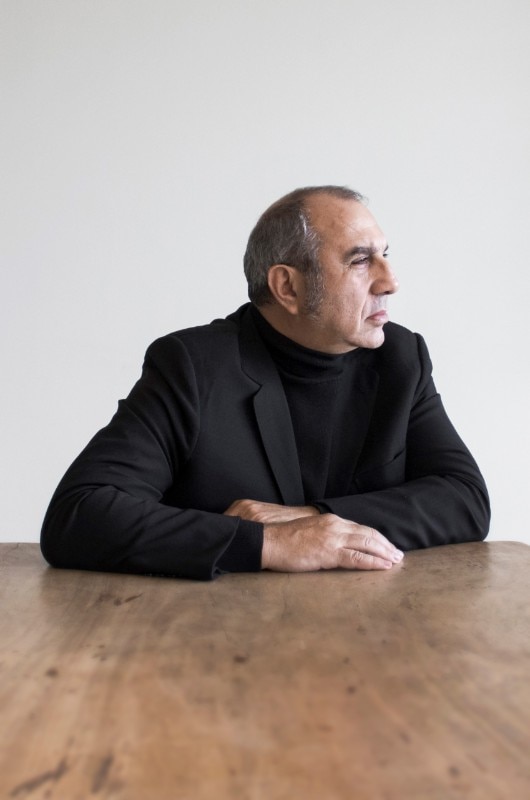When talking about design, Gillo Dorfles used an adjective that really struck me.
He called it burning. “Nothing is more burning than design,” he said.
Now, this adjective is used in two different senses. On the one hand, the literal meaning refers to the idea of red-hot, boiling, blazing. On the other hand, the metaphorical one suggests instead something that imposes its urgency, seriousness or topicality on us. Both meanings capture a specific and defining aspect of design. On the one side, its ability to absorb and express the emotional temperature of an era, to overheat to the point of red-hot. On the other side, its ability to provide immediate answers to pressing issues of everyday life.
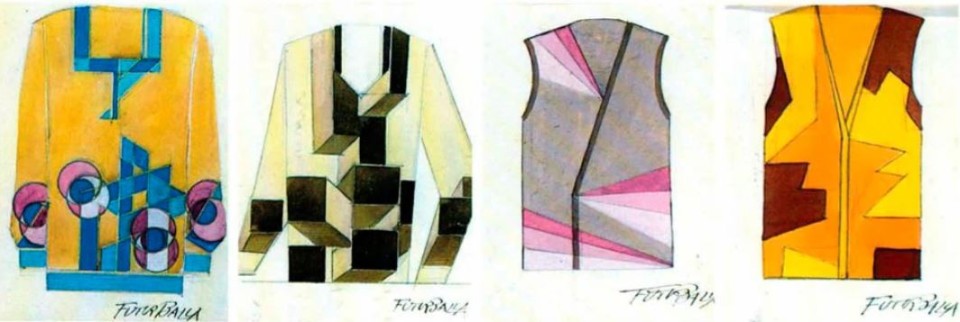
I like the idea that design is something that burns. Something that communicates not only if you look at it but also if you touch it. Something that is difficult to handle, to pigeonhole, to categorize. Something that burns is impossible to pick up in your hand. We have not yet been able to pick design up, to define its contours, to trace its shared history.
This is why when faced with the question “What is design?” – a seemingly simple and straightforward question – I think the only plausible and uncontroversial answer is the tautological one.
Design is design. Period.As Godard said that cinema is cinema.
Design is design in that it is everything human cultures and societies have called design.
For there to be design, in short, there must be a project. True and agreeable. But [...] who determines whether a design is good or not? By what criteria, what grids, what measures of judgment?
Is this answer too broad? Too vague? Too inclusive and pervasive?
Perhaps. However, all those who have tried with the sharp spears of their refined conceptual systems to skewer and unambiguously define all design – once and for all and forever – have failed miserably. Because they had to see time and time again how design overflowed from their defining cages, overflowed beyond their schematic frameworks, invaded unexpected territories and manifested itself even where they had not foreseen it could manifest itself. We have asked “What is design?” to some of the most influential contemporary designers, and the answers have been heterogeneous and discordant – a set of views and beliefs that enriches and tells the magmatic nature of the discipline in a kaleidoscopic way.
Where is design?
Perhaps before we ask “what is design?” we should ask “where is design?”. Where does it act, where does it intervene, where does it operate. Try to identify its presence, its action, its way of affecting and changing the state of things.
Design cannot be enclosed within rigid boundaries.
It cannot be caged within excessively narrow maps.
Design cannot be labeled. Because it is dynamic. It creates change and transformation, and in doing so it also changes and modifies itself. Its disciplinary status is mobile, perpetually evolving.
When I was managing the Triennale Design Museum at the Triennale di Milano – founded in 2007 – I designed and realized 11 editions of the Italian Design Museum. I tried to give a different answer each time to the same starting question. Which is then the one this reflection started from too.

When was design born?
When was design born? Some trace it back to after World War II, some to the Industrial Revolution, some to Christopher Dresser, some to Gutenberg, some to the Futurists, some to the Pompeian animism, some to the Etruscan period. There are even those who think that Roman law is in its own way – ante litteram – a masterpiece of design. Shall we talk about the production methods? What is the canonical and connotative one of design? The large series? The small series? The limited series? If design implies – as some theories would have it – serial production, how do we deal with the many one-offs or prototypes that are also fully part of design history? Must a design product necessarily be made by machine? What if there is the aid of the human hand?
What about the relationship between design and craftsmanship?
Some have tried to answer this question by identifying production and market sectors design is the generative engine of. But again, the types that can be linked to the generative engine of design are so diverse and heterogeneous – from furniture to graphics, from cars to communication, from lighting to services, from food to gaming – that any possible theory based on this hypothesis would be unproductive or not exhaustive.
Therefore, design is design.
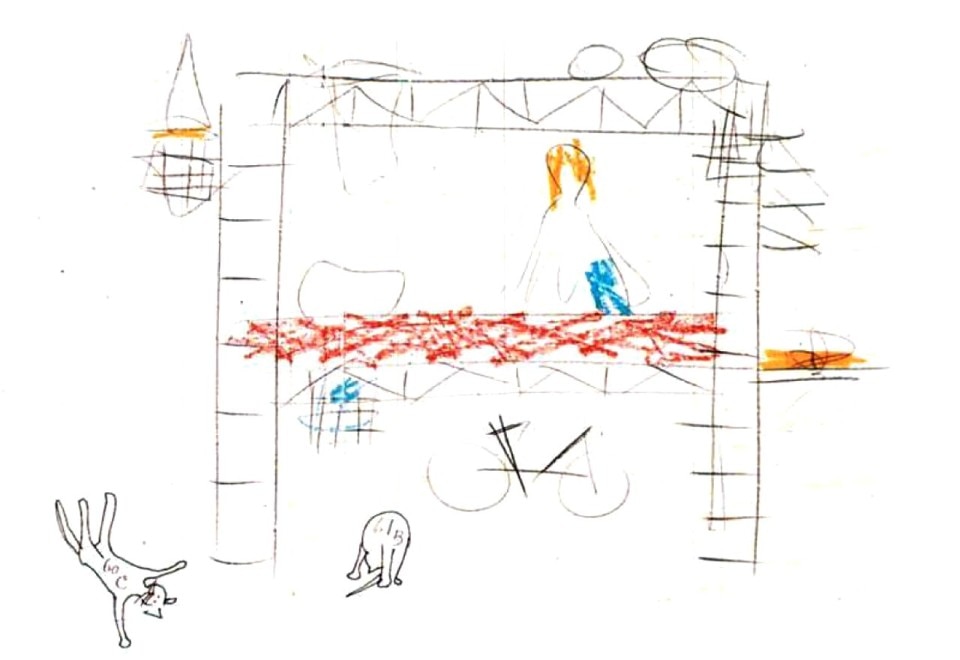
Gillo Dorfles – who gave us some essential reflections on this topic – claimed that an object can be considered design if it fulfills not only a practical-utilitarian function but also an aesthetic function. In short, according to Dorfles, useful and beautiful are inseparable factors in design objects. He added that in order for something to be considered design, a strong project must be detectable.
For there to be design, in short, there must be a project. True and agreeable. But we should take a step further and say that there must be a good project. How much design is the result of a project that perhaps would be better if there were no design? But even here: who determines whether a design is good or not? By what criteria, what grids, what measures of judgment?
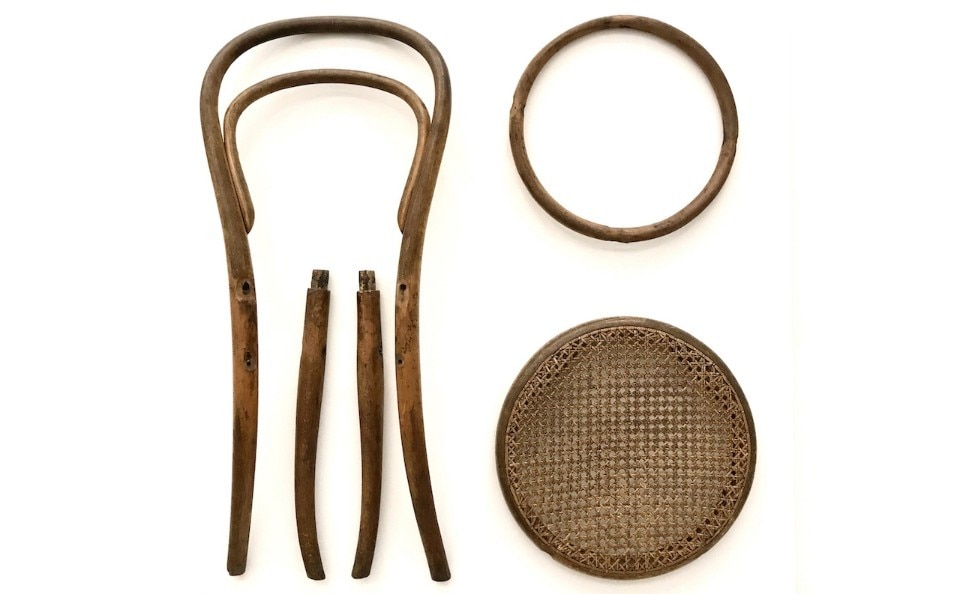
In any case, the Italian words for design are progetto and progettare, which come from Latin and mean “to throw forward”, “to look beyond”. If we look back to history and its lessons, we can therefore say that a good project is one that is not only able to provide a functional response to existing needs but is also able to pick up and foreshadow needs that are still latent but are emerging in the social body. Design is project culture that can be visionary, that can see beyond, that is ahead of its time, that draws future scenarios. In the second half of the 20th century, design was basically this. It did this. It made a decisive contribution to the democratization of material culture and the spread of well-being in everyone’s life. Today, design has become something else. It has become a mass profession in a society that struggles to design a future and that seems to have no more needs that are not already met from scratch. More than designing the future, it must make the present sustainable. It must convey processes of ethicality, and responsibility in the use of resources. It must spread and circulate ideas that make people more aware of their use of objects, goods, and available resources. Is it still the design of the 1900s or has it become something else?
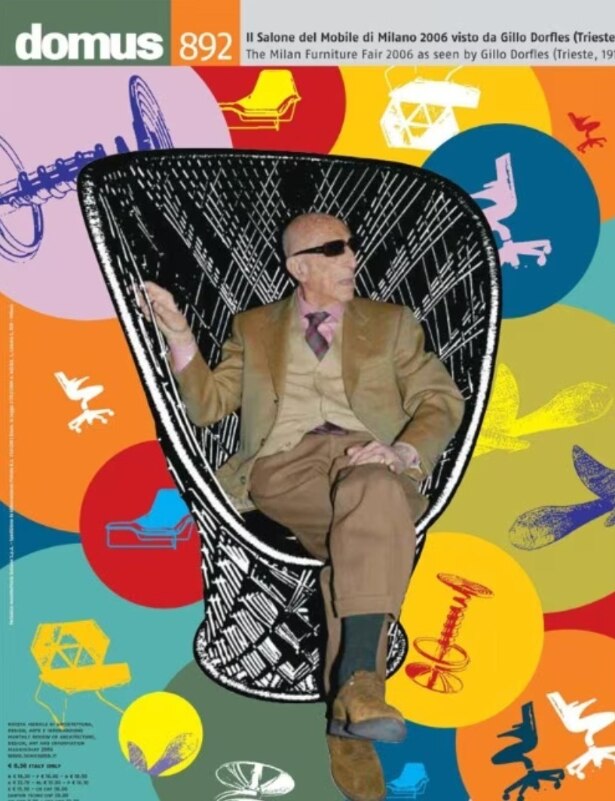
Again: design is design. Intuitively we all understand what it is, rationally we struggle to find a formula that synthesizes its many functions and articulations. But perhaps it is precisely this richness of it, this polyvalence of it, this congenital transdisciplinarity of it, this ability to dialogue with other disciplines (from art to craft) without blending in with them, this ability to adapt to the times and to change incessantly while remaining true to itself, this of its being fluid and mutant but not ephemeral, this of its always being there to ask us to tell it and tell us what it is while knowing that there is no unambiguous answer, to make design one of the most contemporary, most necessary design forms/disciplines/practices, most in keeping with the difficult and complex spirit of our time.
Opening image: CUCULA, furniture from the Proposal for self-design for sale in Berlin. © Verena Bruening, image courtesy of S27 - Art and Education


